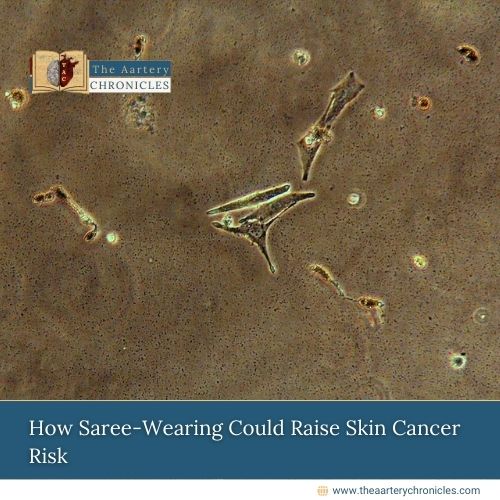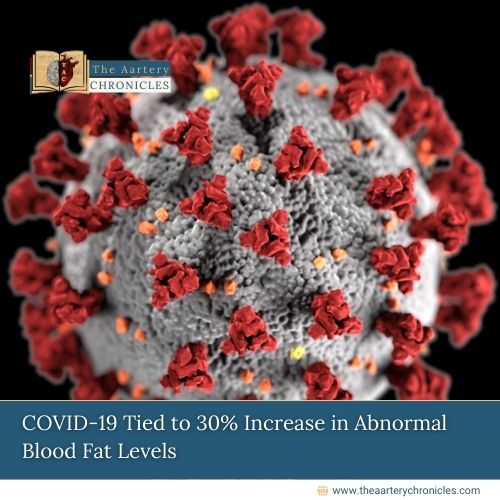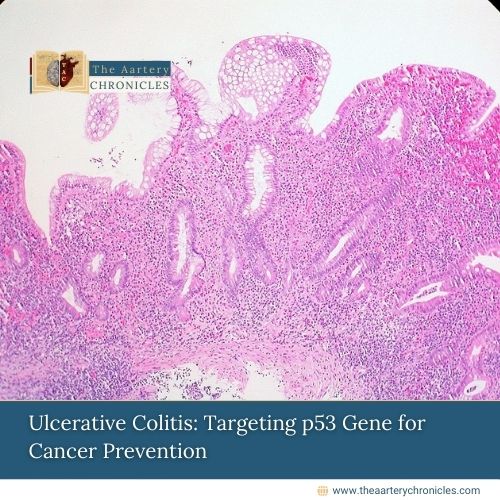Microalgae as a Sustainable Resource for Food and Health Solutions
Reading Time: 3 minutesDiscover the potential of microalgae as sustainable, nutrient-rich ingredients for food and pharmaceuticals, offering health and environmental benefits.
Microalgae as a Sustainable Resource for Food and Health Solutions Read More »
Health News, Health Updates, Nutrition And Diet








